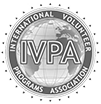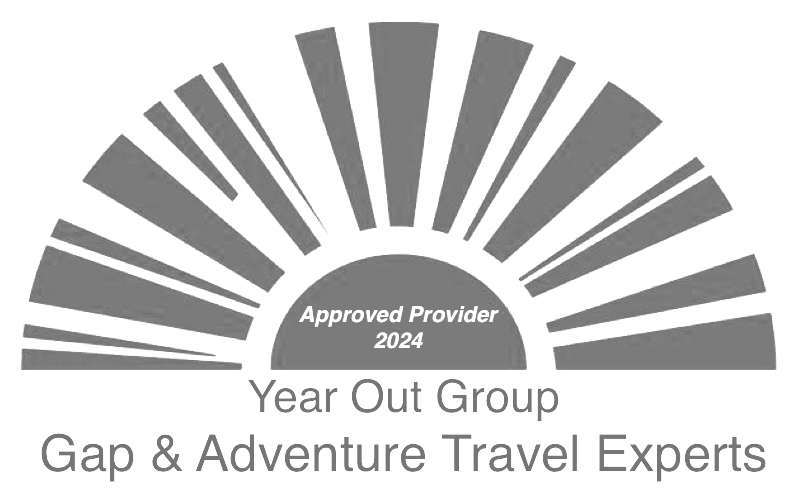Day Zero behind us
The Mother City has come a long way since Day Zero. The dams supplying Cape Town with water were, at the beginning of October (the end of the rainy season) at an historic 100.8%, and are full for the first time since 2014.
This time last year, dams were 81.4% full, in 2018 they were 75.9% full and in 2017, an astounding 37.7% full. Theewaterskloof, the Western Cape’s largest source of water, is currently overflowing. Three years ago the very same dam was at 12.9% full, and Cape Town was days away from being the first city in the world to run out of portable water.
2017 and 2018 were, for all intents and purposes, the hardest years for Cape Tonians. The City increased water restrictions to Level 3B on 1 February 2017 and by the end of the dry season in May 2017, the drought was declared the City's worst in a century, with storage in dams being less than 10 percent of their usable capacity. Level 4 water restrictions were imposed on 1 June 2017, limiting the usage of water to 100 litres per person per day. Overall rainfall in 2017 was the lowest since records commenced in 1933. On 1 January 2018 the City declared Level 6 water restrictions of 87 litres per person per day. In February 2018, the City increased restrictions to Level 6B limiting usage to 50 litres per person per day. In mid-January 2018, previous Cape Town Mayor Patricia de Lille announced that the City would be forced to shut off most of the municipal water supply if conditions did not change.
Level 7 water restrictions, "Day Zero", would be declared when the water level of the major dams supplying the City reached 13.5 percent. Municipal water supplies would largely be switched off, and residents would have to rely on 149 water collection points around the City to collect a daily ration of 25 litres of water per person.
These were the hardest of times for many South African’s. Drinking water was stored in our homes, long queues at water collection points became the new normal. We showered every couple of days, and saved shower water for the use in toilets.
But Day Zero never came. Purely due to an entire city working together to save every drop. And now, fast forward 2 years. This past October, the City announced that the dams have reached 100% capacity, thanks to an intensive whole-of-society effort to protect our available water supply before, during and after the shock of Day Zero.
“It is clear that as a society we have completely changed our relationship with water,” said the City’s Mayoral Committee Member for Water and Waste, Alderman Xanthea Limberg.
“The City’s water saving achievements have been internationally lauded, with the International Water Association naming Cape Town the world’s number 1 water saving city for reducing demand by 55% between 2015 and 2018 without resorting to intermittent supply.”
However, there is a lesson to be learned from this. Climate change and humankind’s relationship with our natural resources have all but crippled cities and ecosystems around the world. Droughts, hurricanes, heatwaves ARE the new normal. And in a year where the COVID-19 virus swept across the globe, humanity is being shaken, we need to learn, we need to respect our planet, we need to work together, not against each other to make sure we have a hospitable planet to live on!
Yours,
Vanessa Randon (Programme Manager)
The Good Hope Volunteer Team
To be part of our amazing volunteer community, please contact us.
Follow us on Instagram (@good_hope_volunteers), Facebook (@goodhopevolunteers) and Twitter (@GHVvolunteers)

